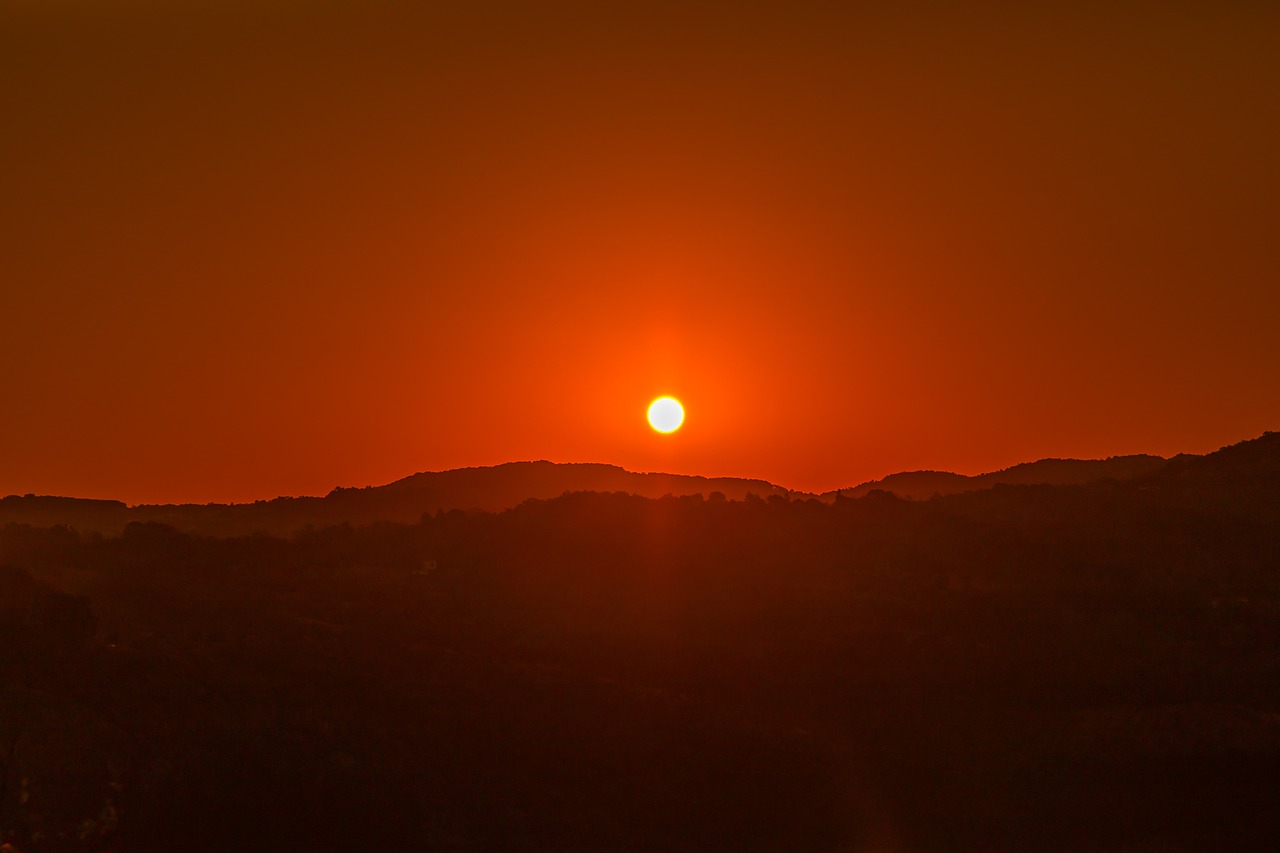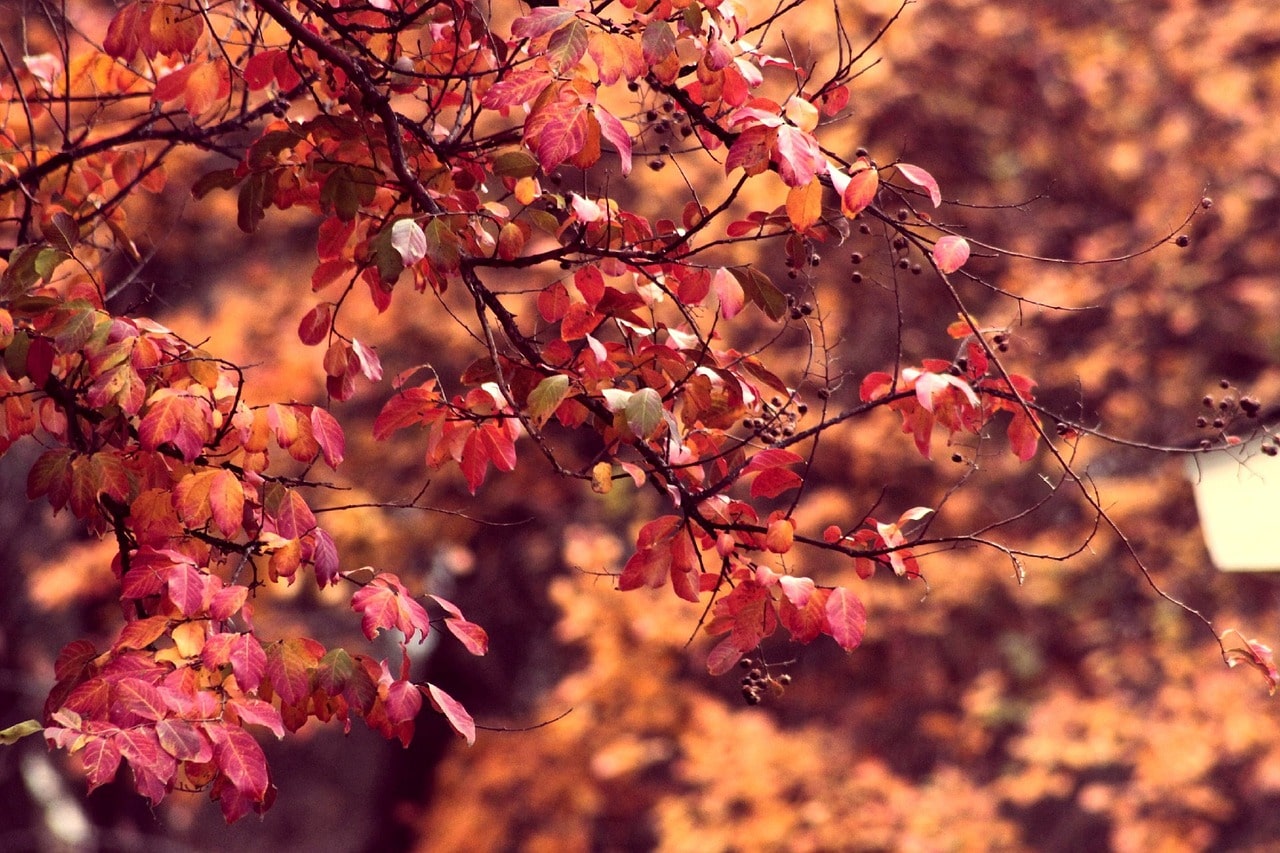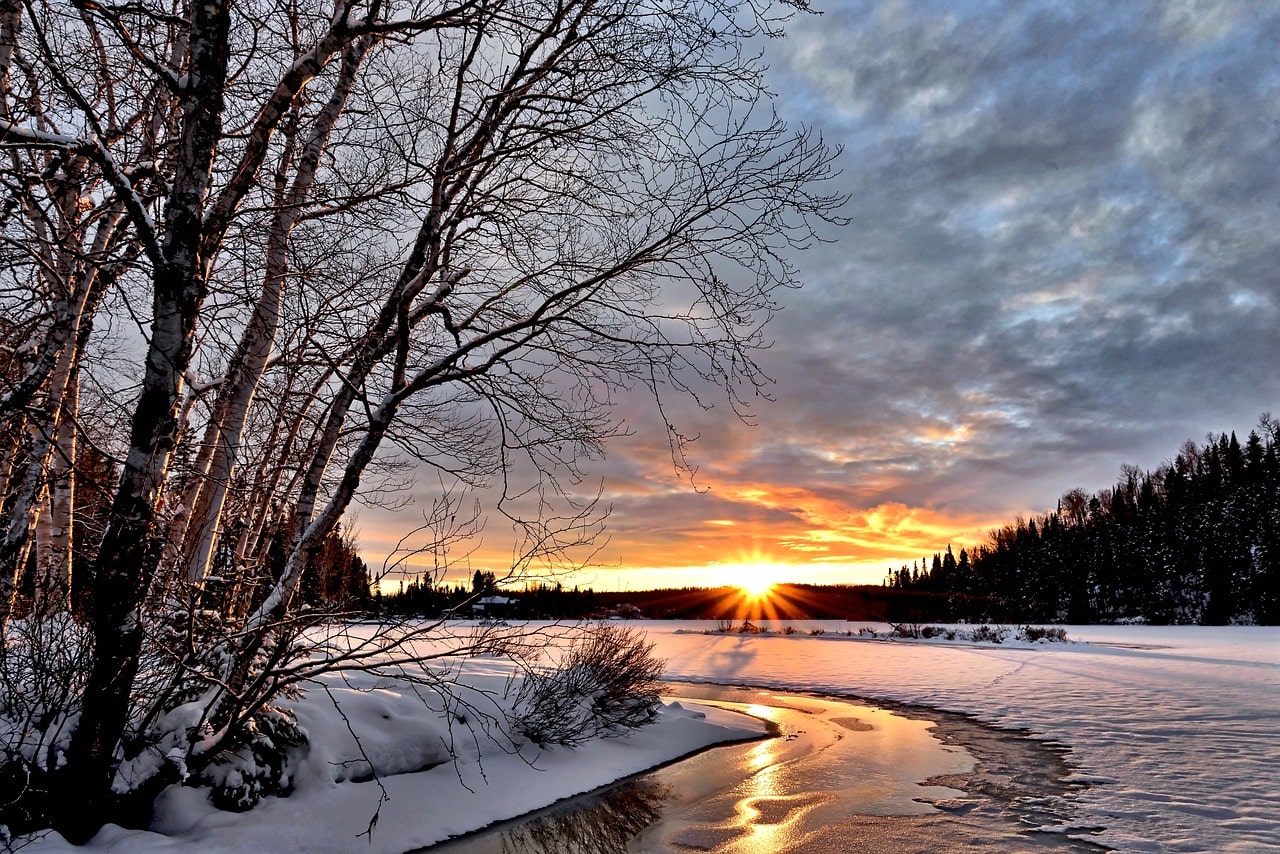June Solstice: Longest & Shortest Day
There are two solstices, the June Solstice, and the December Solstice, which are marked by the longest and shortest days of the year in the Northern Hemisphere, respectively.

The June Solstice, also known as the Summer Solstice in the Northern Hemisphere and the Winter Solstice in the Southern Hemisphere, is a major astronomical event. It marks the longest day of the year in one hemisphere and the shortest in the other.
What is the June Solstice?
The June Solstice occurs when the Earth's North Pole is tilted closest to the Sun. This event happens around June 21 each year. The word "solstice" is derived from the Latin terms "sol" (sun) and "sistere" (to stand still), reflecting the way the Sun seems to halt its movement before changing direction.
Why Does the June Solstice Happen?
The Earth orbits the Sun with a tilt of approximately 23.5 degrees on its axis. This tilt results in different regions of the Earth receiving varying amounts of sunlight during the year. During the June Solstice, the North Pole tilts towards the Sun, resulting in longer daylight hours in the Northern Hemisphere and shorter days in the Southern Hemisphere.
The Longest and Shortest Days
In the Northern Hemisphere, June Solstice marks the longest day of the year. Areas near the North Pole, such as Norway and Alaska, enjoy nearly 24 hours of daylight, known as the "Midnight Sun." Conversely, the Southern Hemisphere has its shortest day and longest night, with regions like New Zealand and parts of Argentina experiencing significantly shorter daylight hours.
Cultural Significance and Celebrations
The June Solstice has been celebrated for centuries in various cultures. It was a day of great importance in ancient times, frequently associated with agriculture and honoring sun gods.
- Stonehenge, England: Thousands gather at this prehistoric site to witness the sunrise on the Solstice. The stones align with the sunrise, creating a spectacular view.
- Midsummer, Sweden: This is one of Sweden's most important holidays. People often celebrate with dances, songs, and feasts around a maypole.
- Inti Raymi, Peru: This Incan festival honors the Sun God Inti. It includes traditional music, dances, and rituals, particularly in Cusco.
- St. John's Day, Spain: Celebrated with bonfires and fireworks, this day blends ancient solstice traditions with Christian celebrations of St. John the Baptist.
Scientific Observations
The June Solstice is also essential for scientists. It helps understand Earth's tilt and orbit, which is crucial for climate studies and predicting seasonal changes. Astronomers and meteorologists often observe this event to gather data on daylight patterns and their environmental effects.
Impact on Nature
The Solstice affects natural phenomena as plants and animals react to changes in daylight. In the Northern Hemisphere, it heralds the start of summer, prompting many plants to bloom and triggering the breeding season for various animals. In contrast, the Southern Hemisphere marks the onset of winter during this time.
Modern Day Significance
Today, the June Solstice reminds us of our planet's unique position in the solar system. It connects us to ancient traditions and highlights the cyclical nature of time. Many still celebrate it by spending time outdoors, enjoying the extended daylight, and appreciating nature's beauty.



